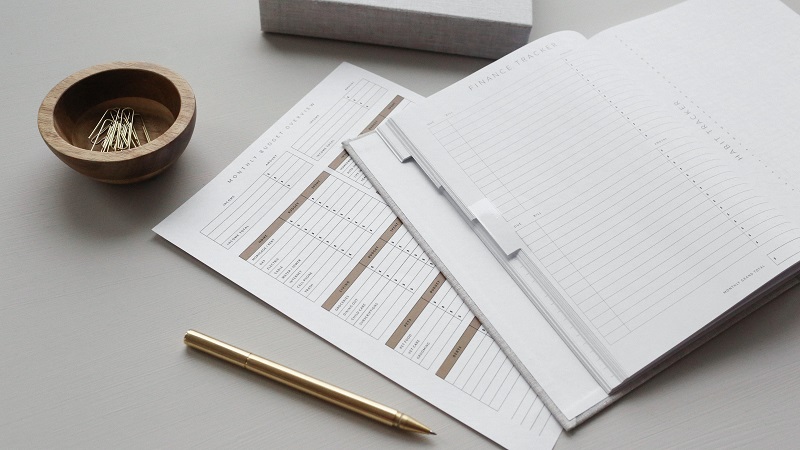Budgeting Basics
Episode #2 of the course Personal financial literacy: Take control of your future by Riley Burger
Welcome back!
Today, we are going to discuss budgeting and saving. There are three initial goals that can benefit nearly everyone, no matter where you are in your financial journey:
1. Make a budget and stick with it.
2. Build an emergency fund.
3. Strengthen your savings.
Making a Budget
A budget, most simply, lays out all of your income minus all of your expenses. Tracking your spending and saving helps identify the specific reasons you may not be meeting your saving goals.
To get started, I recommend working out a basic list for yourself and calculating your net savings at the end of each month. Here’s an example:
If you are a visual learner, it might help to try out one of Microsoft Excel or Google Sheet’s free, built-in personal budget templates.
Building an Emergency Fund
If possible, an emergency fund should be the first large “expense” you build before looking at other large nonessential expenses or investments. An emergency fund is a separate bucket of savings you keep to cover emergency expenses. Think worst-case scenario: if you lost your job, had an unforeseen medical emergency, or had an otherwise unexpected lifestyle change today, would you be able to pay your rent and buy food until you were able to get back on your feet?
A great rule of thumb is to set aside money to cover three to six months’ worth of expenses. This is where making that budget will come in handy!
Three to six months of expenses is usually a large chunk of change, so think of an emergency fund as a longer-term goal. When you are able to, set aside a certain percent of each paycheck to contribute to an “Emergency Fund” account. I personally have an entirely separate savings account, just for this purpose.
Strengthening Your Savings
In general, a checking or savings account at an institution insured by the Federal Deposit Insurance Corporation (FDIC) is one of the safest places you can put your hard-earned money. However, the trade-off of this safety is that modern checking accounts pay nearly no interest.
Today, the average bank interest rate for checking accounts in the United States is 0.06%. The projected annual inflation rate for 2020 is 2.73%. This means that if you are holding your money in a checking or basic savings account, you are actually losing money! As inflation goes up, the purchasing power of your money decreases.
This is why it is so important to look for High Yield Savings Accounts. Some of the best HY Savings Accounts can be found at online banks. These accounts currently pay interest rates between 1% and 2.5%, to help ensure that your money’s purchasing power stays as close to the inflation rate as possible.
Two important things to note about HY Savings Accounts:
1. Interest rates can fluctuate and are not guaranteed.
2. Just like any other bank account, it is important to look for accounts that are FDIC insured.
Congratulations! Now you have a basic budget, a plan for setting up an emergency fund, and a great way to make the most of your money. Tomorrow, we’ll dive into credit: strengthening or building your credit score, managing your lines of credit, and best practices.
Until tomorrow,
Riley
Recommended reading
For more information on these accounts and other financial tools and instruments, Investopedia has a great article.
Share with friends


